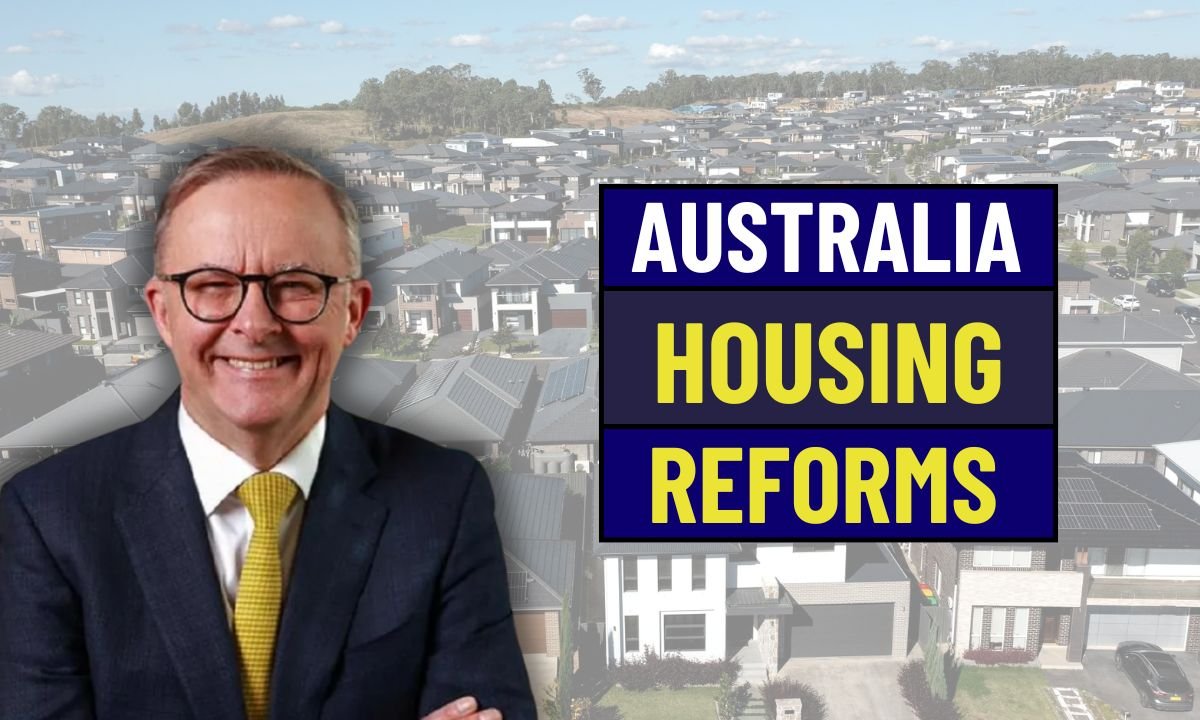Australia’s housing affordability crisis has reached a boiling point in 2025, with rental prices hitting record highs and first-home buyers squeezed out of the market. In response, the federal government has unveiled a sweeping new housing reform package aimed at protecting renters, boosting housing supply, and improving pathways to homeownership. Titled the 2025 Secure Housing Future Plan, the reform spans tenancy laws, public housing investment, and buyer assistance all designed to provide real and lasting change for everyday Australians.
With national rental vacancy rates below 1% and capital city rents rising more than 9% year-on-year, pressure has mounted on both federal and state governments to act decisively. This new initiative announced by Housing Minister Julie Collins marks one of the most aggressive policy shifts in over a decade.
Stronger Rights and Protections for Renters
One of the most widely praised elements of the plan is its new national framework for rental protections. Effective July 2025, rental increases will be capped at one per year for existing tenants, and a maximum allowable increase linked to inflation has been introduced. The new policy also strengthens the process around evictions, requiring landlords to provide legitimate grounds and extended notice periods in all states and territories. Additionally, the reform introduces a “Rental Code of Fairness” that mandates minimum property standards nationwide. This includes functioning heating, safe electrical systems, and mold-free living spaces a significant move given the deterioration of conditions in some urban rental markets.
Help for First-Home Buyers and Regional Australians

Acknowledging the challenges faced by aspiring homeowners, the 2025 reforms also expand first-home buyer assistance programs. The popular First Home Guarantee scheme has been extended, allowing more Australians to buy with just a 5% deposit, with the government covering the lender’s mortgage insurance. Additionally, the new Regional Home Accelerator grants up to $20,000 to families moving to key regional growth zones, aiming to relieve pressure on city housing markets while stimulating smaller economies.
Will It Be Enough to Fix a Broken System?
Experts are cautiously optimistic. While many see the reforms as a long-overdue step in the right direction, housing advocates stress that follow-through and proper implementation will be critical. Some landlords and property industry groups have voiced concern about overregulation and reduced investment interest, but the government argues that a stable rental market ultimately benefits all stakeholders. Tenants’ unions and advocacy groups have lauded the reforms but called for rent freezes in crisis regions where affordability has completely collapsed. Meanwhile, homebuyers remain hopeful that more inclusive deposit schemes and regional incentives will finally unlock their path to ownership.

